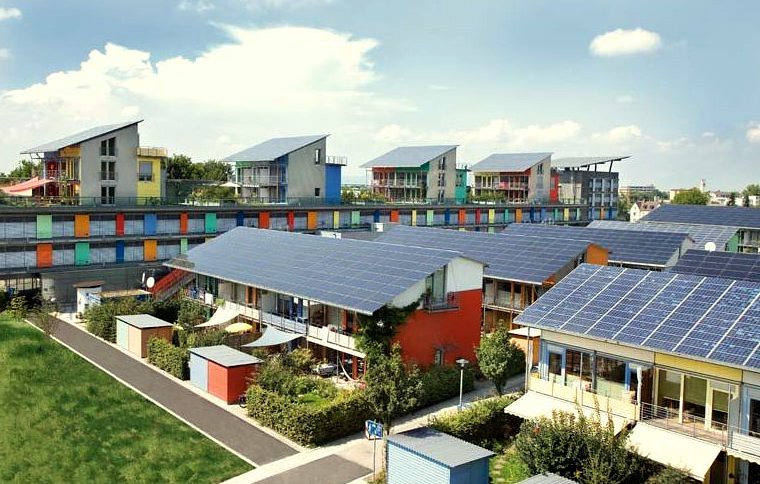Record-Breaking Clean Energy Investment Reshapes American Economy
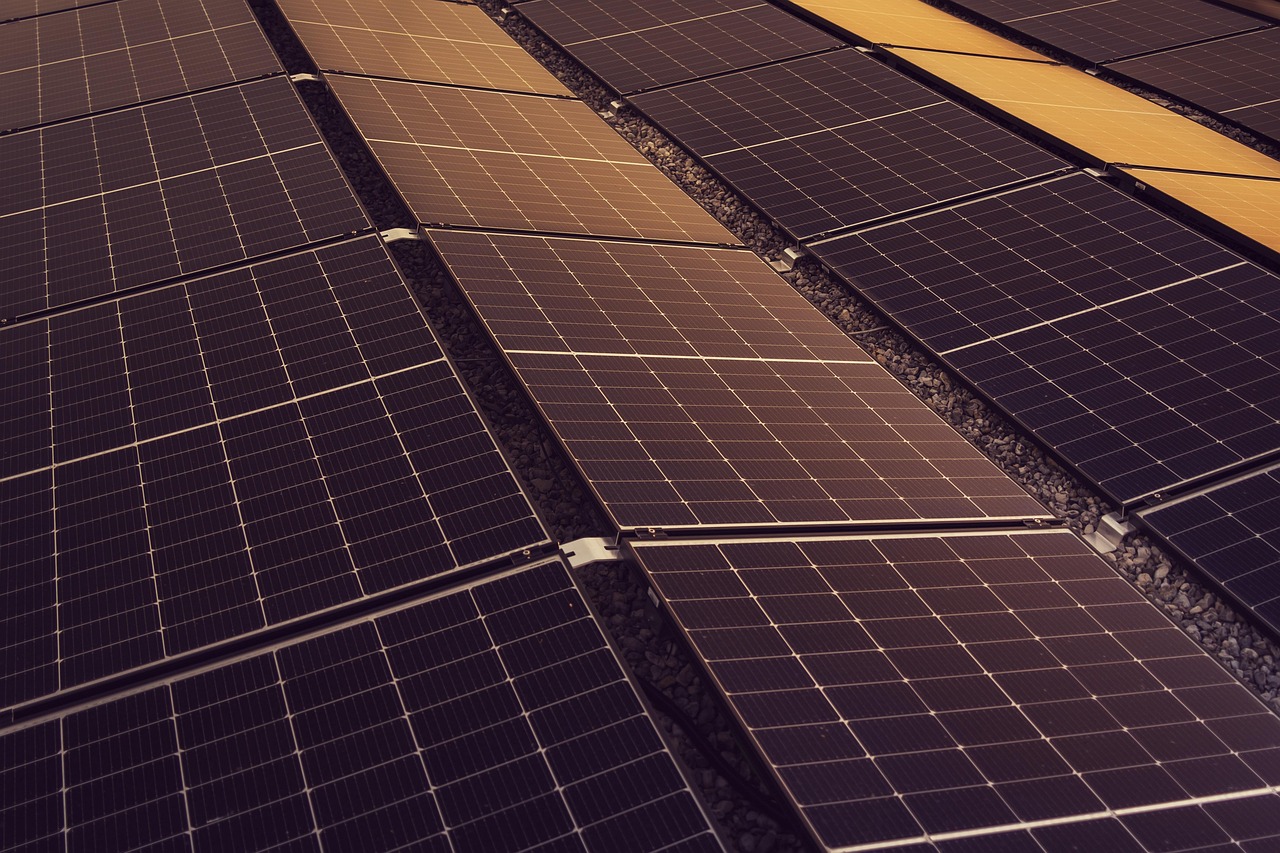
Something absolutely stunning happened in America’s economy in 2024—clean energy investments hit record-breaking levels that nobody saw coming just a few years ago. Cleantech manufacturing: Overall investment in cleantech reached a record US$71 billion in the third quarter of 2024. That’s not just numbers on a spreadsheet; that’s real money flowing into real communities, creating actual jobs that you can touch and feel. These investments overtook the spending that went to fossil fuels in 2020 – when oil and gas investments fell sharply – and increased to USD 280 billion in 2023 from USD 200 billion in 2020. Think about it like this: imagine if your neighbor suddenly decided to renovate their entire house, buy a Tesla, and install solar panels all at once—now multiply that by millions of households and businesses nationwide. That’s the kind of transformation we’re witnessing, and it’s happening faster than most experts predicted. Through the Low Carbon and Environmental Goods and Services Sector (LCEGSS) dataset, the US green economy is estimated to represent $1.3 trillion in annual sales revenue and to employ nearly 9.5 million workers; both of which have grown by over 20% between 2012/13 and 2015/16.
The Job Creation Machine That Nobody Expected

As the private sector continues to announce major investments in American-made energy spurred by the Biden-Harris Administration’s Investing in America agenda, the 2024 USEER shows that the energy workforce overall added over 250,000 jobs in 2023; 56% of those were in clean energy. Here’s what makes this even more remarkable—these aren’t just any jobs. Jobs in the U.S. clean energy industry in 2023 grew at more than double the rate of the country’s overall jobs, and unionization in clean energy surpassed for the first time the rate in the wider energy industry, the Energy Department said on Wednesday. Picture a factory worker in Ohio who used to worry about their job disappearing overseas, now training to build wind turbines that can’t be outsourced because they need to be installed right here in America. Clean energy and clean vehicle companies added nearly 150,000 jobs in the first full year of the federal Inflation Reduction Act (IRA), boosting the total number of clean energy workers in United States to nearly 3.5 million, according to the ninth annual Clean Jobs America report released … RENEWABLE GENERATION: Renewable generation sectors added more than 25,000 jobs in 2023, led by solar (+18,400) and wind (+5,700). In all, almost 560,000 Americans now work in renewable generation— a 14 percent increase since 2020. The beauty of this transformation is that it’s not happening in Silicon Valley boardrooms—it’s happening in places like West Virginia, Texas, and Michigan, where people are building the future with their hands.
Solar Power’s Unexpected Dominance in the Energy Mix
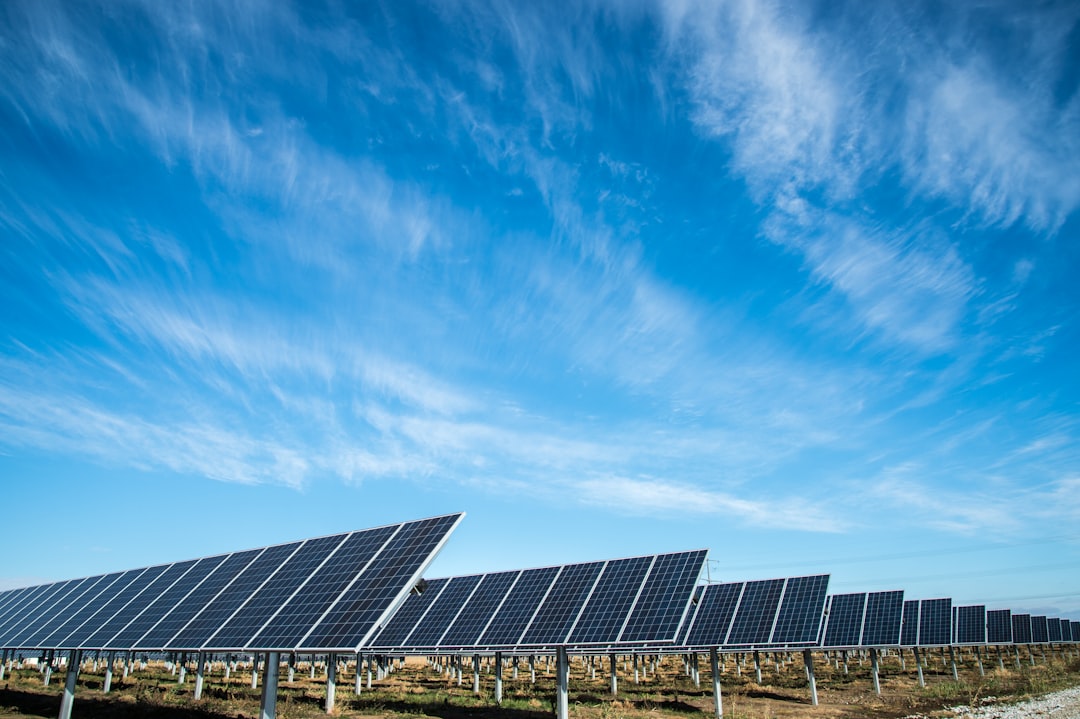
If you haven’t been paying attention to America’s energy landscape lately, you’re in for a shock. Solar was the only primary source of generation that recorded capacity growth, which jumped 88% to 18.6 gigawatts (GW). As a result, in 2024, solar surpassed hydropower and nuclear as the fourth-largest source of installed capacity, after wind. That’s like watching the quiet kid in class suddenly become the star athlete—solar energy went from being a niche technology to a major player almost overnight. Battery storage nearly doubled in 2024, with total installed capacity reaching almost 29 GW — and projected to grow another 47% in 2025. Battery storage nearly doubled in 2024, with total installed capacity reaching almost 29 GW — and projected to grow another 47% in 2025. What’s even more mind-blowing is that For the first time, solar and wind surpassed coal in electricity generation. It’s like watching David beat Goliath, except David is getting stronger every single day. Taken all together, renewables vastly outpaced other generation sources and collectively accounted for around 90% of the United States’ new installed capacity in 2024. With the new projects online, renewables (including wind, solar, geothermal and hydropower) and battery storage now make up 30% of the country’s large-scale power generating capacity.
Manufacturing Renaissance Transforms Forgotten Communities

Some 271 manufacturing projects for clean energy tech and electric vehicles have been announced since the IRA passed, which will create more than 100,000 jobs if they are all completed, according to the advocacy group E2, a partner of the Natural Resources Defense Council. This isn’t just about building stuff—it’s about rebuilding the American dream in places that had almost given up hope. “Unlike investment in AI and tech and finance, which is clustered in big cities, clean energy investment really is concentrated in rural communities, and is one of the brightest sources of new investment in those areas,” Houser said. Imagine small towns in Alabama, Georgia, and West Virginia that were watching their young people leave for decades, suddenly becoming hotbeds of cutting-edge manufacturing. First Solar, a $1.1 billion solar manufacturing facility in Trinity, opened in September 2024 and is expected to employ 800 workers. In January 2023, the Qcells solar panel factory in Dalton announced the creation of 2,500 new jobs, and another 4,000 pending, with state and federal support via the IRA. IRA ignited a renaissance in the United States’ manufacturing with new jobs coming to the small and big cities around such states like Michigan, Georgia, South Carolina, California, and Texas, that can help to build robust supply chains. Places like the Midwest are harnessing the opportunity of investments spurred by the law coming into their territory, even benefiting from the new nickname of “Battery Belt.”
The Inflation Reduction Act’s Massive Economic Impact
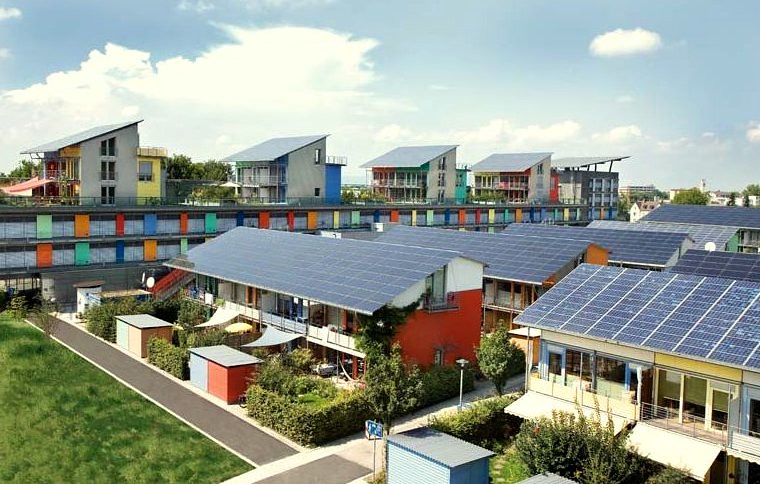
When politicians signed the Inflation Reduction Act in 2022, even they probably didn’t realize they were unleashing an economic tsunami. The President’s Inflation Reduction Act (IRA) of 2022 makes the single largest investment in climate and energy in American history, enabling America to tackle the climate crisis, advancing environmental justice, securing America’s position as a world leader in domestic clean energy manufacturing, and putting the United States on a pathway to achieving the Biden-Harris Administration’s climate goals, including a net-zero economy by 2050. Here’s the staggering part: In coming years, the IRA will direct nearly $400 billion in federal funding toward clean energy, with the goal of substantially lowering the nation’s carbon emissions by 2030—and reinvigorating America’s global economic competitiveness, innovation, and industrial productivity. It’s like someone suddenly decided to build the interstate highway system all over again, except this time it’s for clean energy infrastructure. Since President Biden took office, companies have announced more than $115 billion in manufacturing investments to build our clean energy economy. According to third-party estimates, the Inflation Reduction Act’s climate and clean energy tax incentives have the potential to drive investment that will support more than 1 million jobs in energy and related manufacturing sectors over the coming decade. That’s not just policy talk—that’s real money creating real opportunities for real families across America.
Wind Energy Faces Headwinds Despite Record Generation
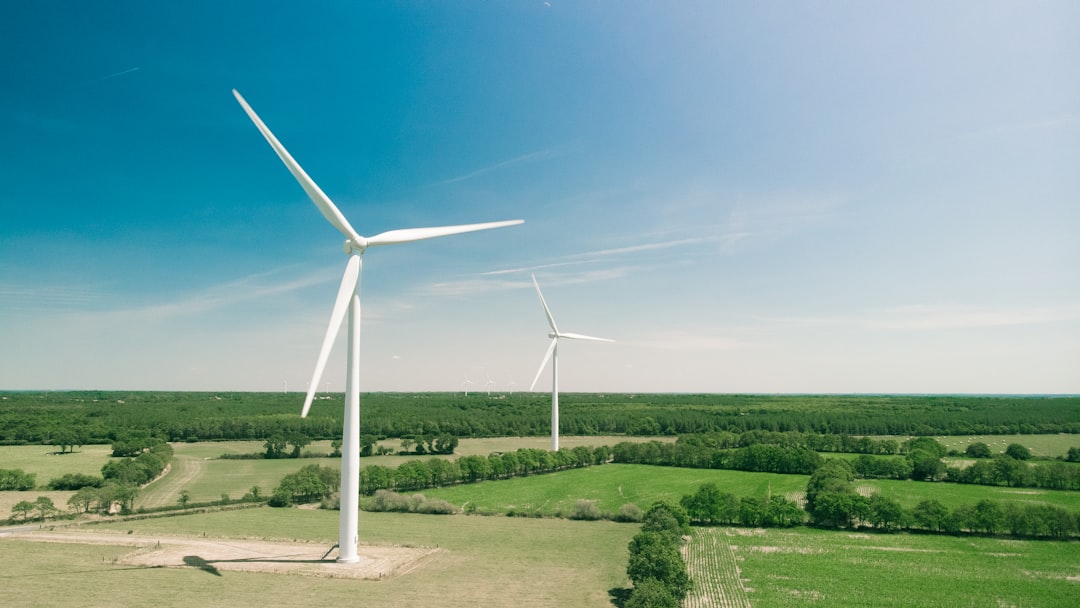
While solar energy has been stealing headlines, wind power tells a more complicated story that reveals the growing pains of America’s energy transition. Wind capacity additions fell by 14% to 2.6 GW amid continued supply chain, financing, and permitting challenges. At the same time, onshore wind capacity growth has tapered off, with only 5.3 GW of new generation added in 2024, significantly less than wind installation levels in previous years. It’s like watching a marathon runner hit the wall—wind energy is still moving forward, but not at the breakneck pace everyone expected. Limited growth of wind power resulted in part from a focus on repowering older facilities as well as continued challenges related to supply chains, financing, interconnection and permitting. However, there’s a silver lining that’s absolutely remarkable: despite these installation challenges, Wind generation reached a new record, however, as it exceeded coal-fired generation for the first time in American history. According to the Energy Information Administration (EIA), installed wind capacity totaled 153 GW at the end of 2024. Think of it as America’s existing wind farms becoming more efficient—they’re producing more electricity than ever before, even as new construction faces obstacles.
Nuclear Power’s Surprising Corporate Comeback
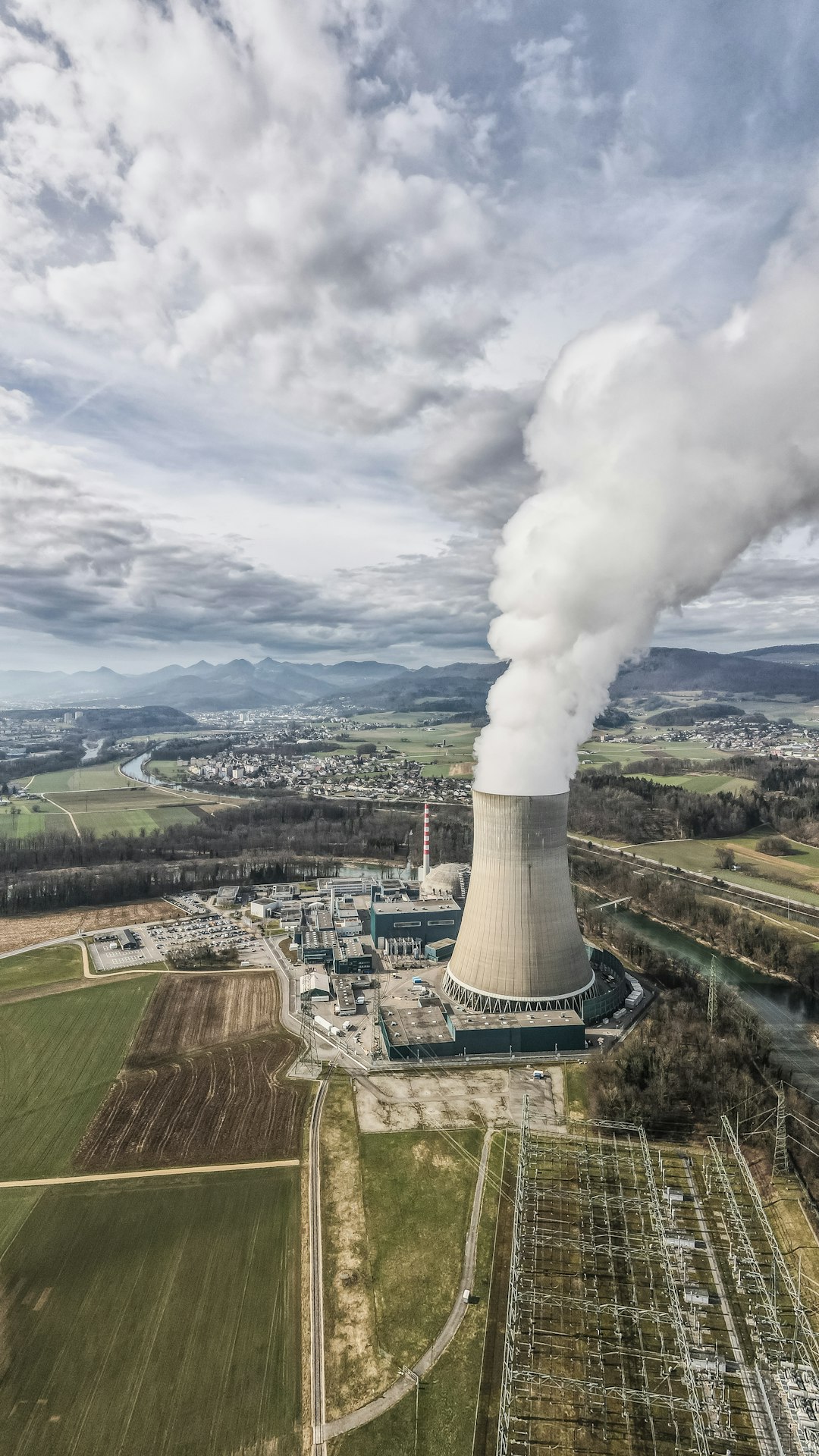
Just when everyone thought nuclear power was headed for the history books, corporate America decided to give it a second look—and the results are absolutely fascinating. Carbon-free energy sources that can operate around the clock, such as geothermal and nuclear, are quickly gaining attention. Over the last decade, nuclear power plants have been decommissioned at a faster rate than they have been built, with nuclear accounting for 18.6% of all U.S. generation through 2023. But it’s now seeing renewed interest from corporate purchasers. Picture this scenario: tech giants like Microsoft, Amazon, and Google—companies that practically live and breathe innovation—are suddenly lining up to buy nuclear power. For example, in 2024, Microsoft signed a 20-year power purchase agreement with Constellation for nuclear energy from a previously shuttered unit at the Three Mile Island plant; Amazon said it would invest $500 million in small modular nuclear reactors (SMRs); and Google announced plans to purchase power from SMRs owned by Kairos Power. It’s like watching the cool kids at school suddenly decide that the quiet, studious kid is actually the smartest person in the room. Capital flows to nuclear power have grown by 50% over the past five years and are on course to reach around $75 billion in 2025. This isn’t just about nostalgia for the atomic age—it’s about corporate leaders realizing they need reliable, carbon-free power to run their data centers and AI operations 24/7.
Carbon Emissions: The Mixed Reality of America’s Environmental Progress

When it comes to cutting carbon emissions, America’s story in 2024 is like a glass that’s simultaneously half-empty and half-full, depending on how you look at it. U.S. energy-related CO2 emissions declined overall by less than 1%, or 23 million metric tons (MMmt), in 2024. Among end-use sectors, the most notable decreases occurred in the residential and industrial sectors. That sounds pretty modest until you realize that The United States’ energy-related CO2 emissions decreased by 0.5% (20 Mt CO2) in 2024, reflecting mixed trends across fuel sources. Emissions from coal dropped by 4.5% as the country registered the lowest coal power generation levels in nearly 60 years, while oil emissions fell by 0.3%. Imagine trying to turn around a massive cruise ship—it takes time, but when you finally see that ship changing direction, you know something significant is happening. CO2 emissions from the electric power sector remained mostly flat in 2024, increasing by less than 1% (6 MMmt). Although overall electricity generation increased by 3%, or 122 terawatthours (TWh), in 2024, changes in generation sources resulted in sectoral CO2 emissions remaining near 2023 levels. Specifically: CO2 emissions from coal-fired generation decreased by 3% (24 MMmt), but: CO2 emissions from natural gas-fired generation increased by 4% (31 MMmt) Coal-fired electricity generation fell by 3% (22 TWh), but: … Although growth in natural gas-fired generation exceeded reductions in coal-fired generation, CO2 emissions did not increase as much because natural gas emits less CO2 per kilowatthour than coal when combusted. It’s like watching America slowly but steadily shift from driving gas-guzzling trucks to more efficient vehicles—the progress is real, even if it’s not happening as fast as environmental activists would like.
The Geographic Politics of Green Investment
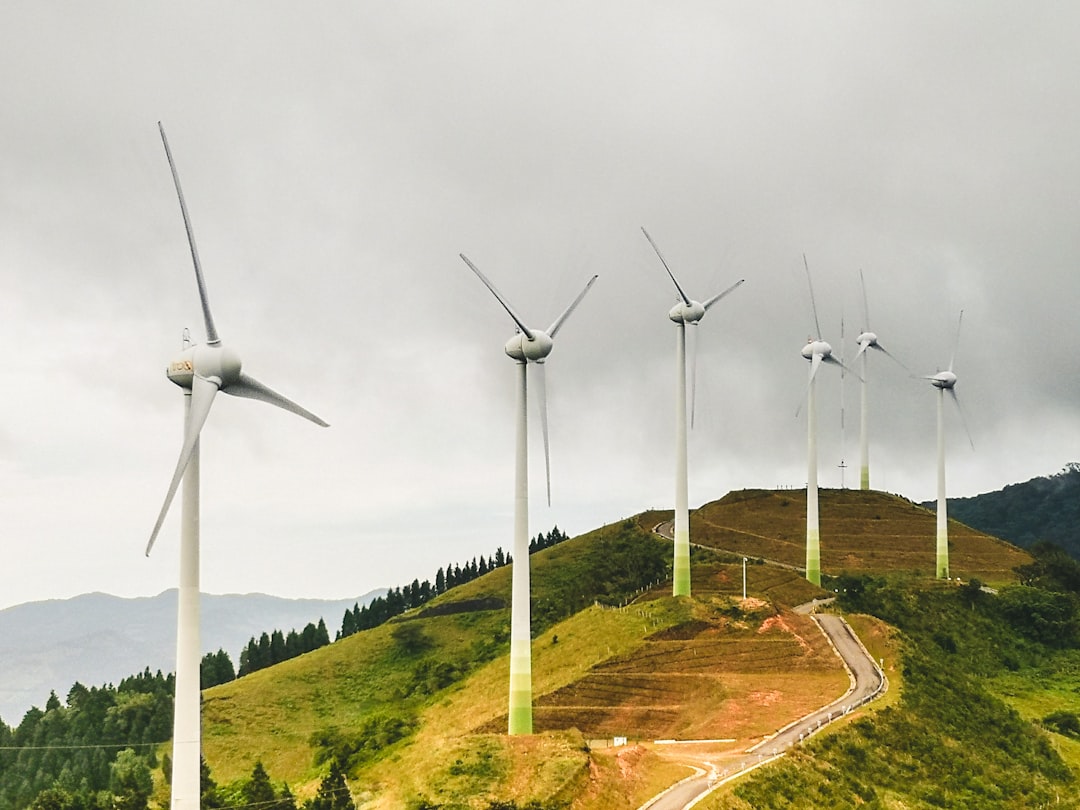
Here’s where the story gets really interesting, and frankly, pretty ironic. Nearly 60 percent of the announced projects – representing 85 percent of the investments and 68 percent of the jobs – are in Republican congressional districts. This despite the fact that no Republican voted for the legislation. It’s like watching someone complain about a gift while secretly enjoying every minute of it. Republican voting states received $650 billion in clean energy investment over that time; Democratic voting states took in $440 billion. Republican voting states received $650 billion in clean energy investment over that time; Democratic voting states took in $440 billion. As of March 2024, total investment has created nearly 349,000 related jobs. Think about it this way: states that politically oppose clean energy policies are economically embracing clean energy investments faster than anyone else. Forty states and two out of three congressional districts are home to at least one announcement. Growth from post-IRA projects tracked by E2 is particularly pronounced in Republican-led districts and states in the South. It’s creating an interesting dynamic where economic reality and political rhetoric are pulling in completely different directions. Indeed, 18 Republican members of Congress warned House Speaker Mike Johnson earlier this month that repealing IRA energy tax credits would be bad for business. “Prematurely repealing energy tax credits, particularly those which were used to justify investments that already broke ground, would undermine private investments and stop development that is already ongoing
Electric Vehicle Adoption Accelerates Despite Challenges
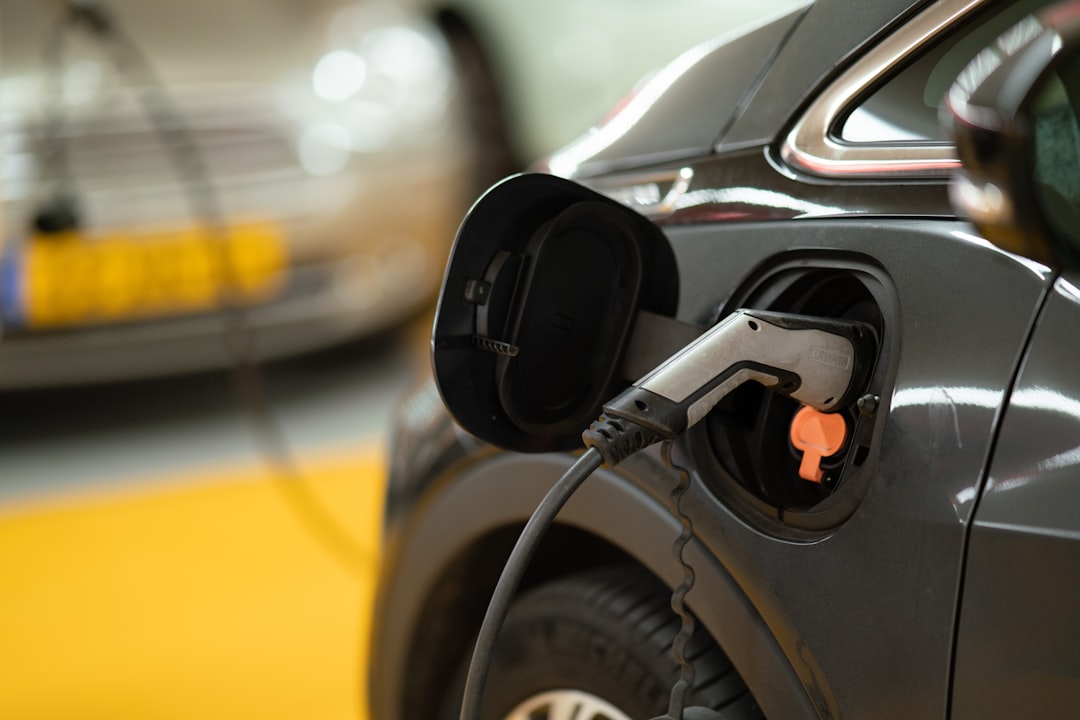
The electric vehicle revolution in America is happening, but it’s not following the smooth trajectory that many people expected. In addition to the record battery storage installations by utilities in the power sector, battery electric cars continue to gain ground in the U.S. A record-breaking 1.3 million electric vehicles (EVs) were sold in 2024—accounting for around 8.7% of new cars sold. That might not sound like a huge number, but think of it like this: imagine if suddenly nearly 1 in 10 cars on every dealer lot was electric—that’s a massive shift from where we were just five years ago. Battery electric vehicle sales are projected to reach up to 61% of total light-duty vehicle sales in 2030, achieving the national target of 50% zero-emission vehicle sales by 2030 in most scenarios. It’s like watching a small stream turn into a rushing river—the momentum is building, and the changes are happening faster than most traditional automakers anticipated. Starting in 2023, qualifying EVs will be eligible for a tax credit of up to $7,500 and $4,000 for new and used vehicles, respectively. For example, to unlock the full EV consumer credit, a scaling percentage of critical minerals in the battery must have been recycled in North America or been extracted or processed in a country that has a free-trade agreement with the United States. The battery must have also been manufactured or assembled in North America. The catch is that these vehicles are becoming more American-made than ever before, creating a win-win situation for both environmental goals and domestic manufacturing.
Energy Storage: The Game-Changing Technology Nobody Talks About

While everyone’s focused on solar panels and wind turbines, the real game-changer happening in America’s energy system is something most people never think about: batteries. The storage and grid modernization sector added over 7,000 jobs (+4.6%) and now supports nearly 160,000 workers—more than there are highway maintenance workers. Jobs making power grids more resilient and able to handle more wind and solar generation led the sector, growing 5 percent followed by battery and energy storage (+4.3%). Since 2020, the sector increased employment by 15 percent. Think of energy storage like having a massive piggy bank for electricity—when the sun shines and the wind blows, you save the extra power, and when they don’t, you spend it. This growth in capacity will help support the grid when variable renewable energy technologies, such as solar and wind, are unavailable, making the U.S. power system more stable and secure. It’s solving the biggest problem that renewable energy has always faced: what happens when the sun doesn’t shine and the wind doesn’t blow? LDES technologies that received federal funding in 2024 include: Green hydrogen production from a Superfund site’s wastewater to provide 16 hours of storage for solar power Iron-air battery deployment to store offshore wind power and discharge 85 MW of power for up to 100 hours,

